The Iguanodon holds a special place in the hearts of paleontologists and dinosaur enthusiasts alike. Discovered in the early 19th century, Iguanodon is the second dinosaur to ever be named and scientifically described. With its distinctive thumb spikes, this herbivorous giant roamed the earth during the Late Jurassic to Early Cretaceous period. From the initial discovery to the complex taxonomic revisions and debates it has sparked, Iguanodon highlights the trials and tribulations of paleontology. This article explores this iconic dinosaur’s journey from its discovery to its role in the broader context of dinosaur research.
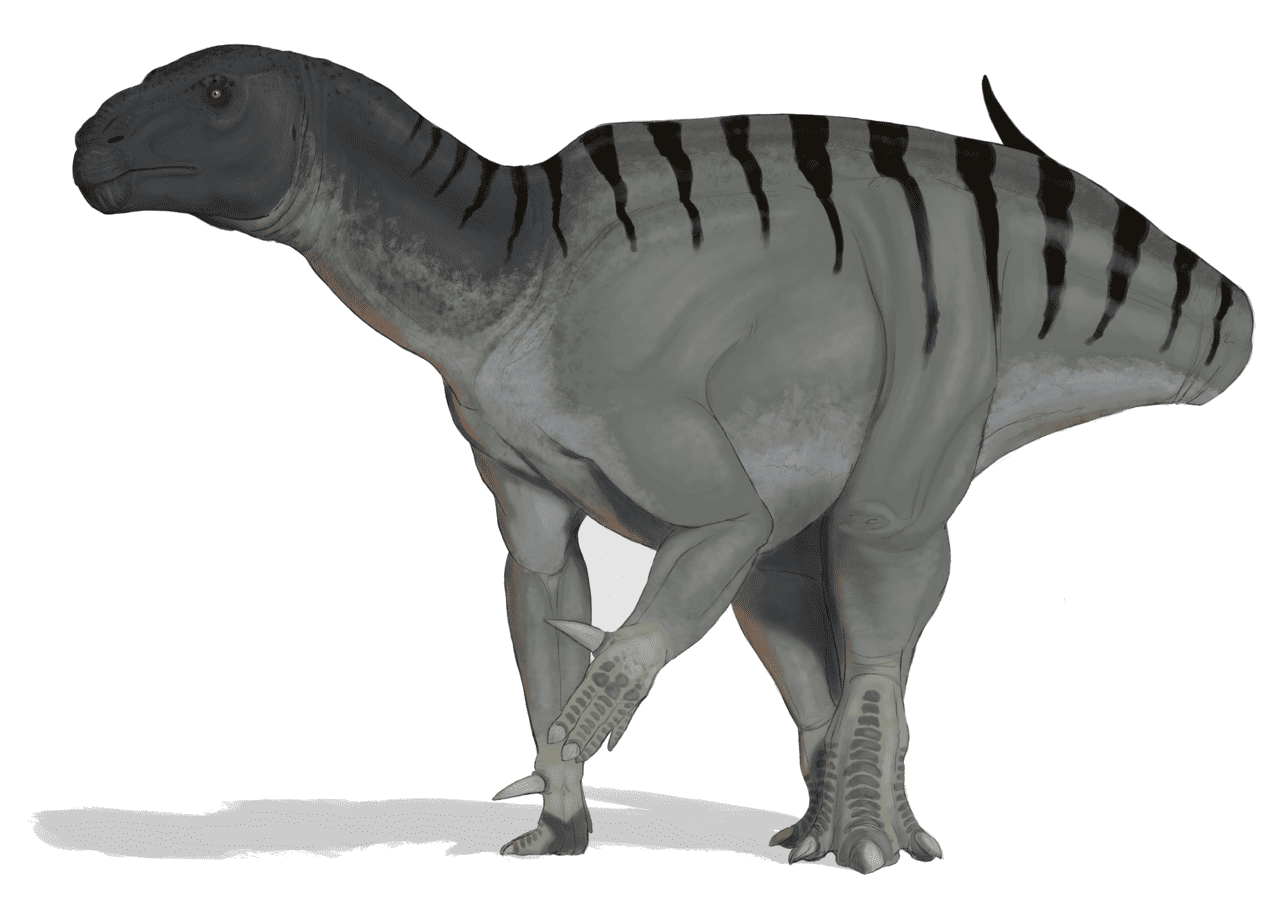
Discovery and Naming
In 1822, the English geologist Gideon Mantell stumbled upon fossilized teeth in the strata of Tilgate Forest in Cuckfield, Sussex. These teeth, unlike any known animal at the time, immediately sparked Mantell’s interest. Initially confused with those of a giant lizard or crocodile, Mantell’s findings challenged existing paleontological understanding. The pivotal moment came when Mantell, drawing comparisons with modern reptiles, realized the teeth resembled those of an iguana, albeit on a much larger scale.
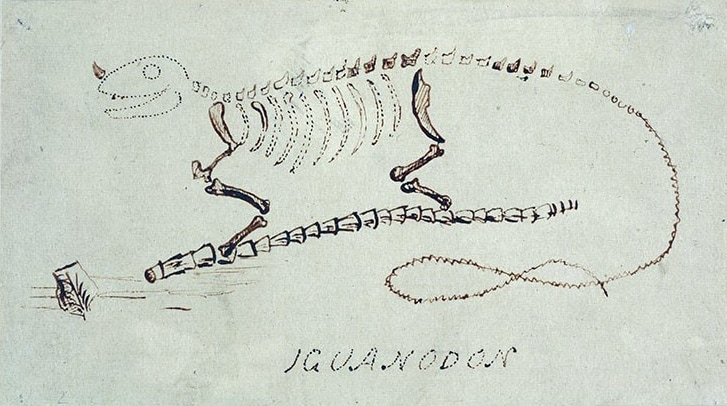
Mantell named the animal Iguanodon, which means “iguana-tooth,” in 1825. It was the second dinosaur to receive a formal dinosaur name, following Megalosaurus.
Early reconstructions based on incomplete Iguanodon skeletons led to misconceptions, famously illustrated by the erroneous placement of a thumb spike on the nose. It wasn’t until the discovery of more complete remains in Belgium in 1878 that a clearer picture of Iguanodon emerged.
How did Iguanodon Look?
Iguanodon stands out in the dinosaur kingdom for its unique physical traits, which have intrigued scientists since its discovery. It measured up to 11 meters in length and weighed as much as 4.5 tons. Its build was large and bulky, adapted for mostly quadrupedal movement.
One of the most distinctive features of Iguanodon is its thumb spikes. These spikes were probably used for defense against predators. In addition to these spikes, it had long, prehensile fifth fingers, which were likely used to forage. Furthermore, the skeletal structure of Iguanodon, particularly its robust limbs and reinforced spine, suggests a strong and resilient animal. The ossified tendons along its back indicate that Iguanodon could support a significant amount of weight and maintain stability whether moving on two legs or four.

The dental structure of Iguanodon also offers insights into its diet and feeding habits. Its teeth were designed for efficient munching on vegetation, while continuously replacing worn teeth. This feature, combined with a strong jaw, allowed Iguanodon to consume a wide range of plant materials, from tough leaves to softer vegetation.
Habitat and Behavior
Iguanodon’s existence during the Jurassic-Cretaceous transition period places it in a world undergoing significant geological and climatic transformations. Fossil remains suggest that Iguanodon inhabited diverse ecosystems across what is now Europe, including present-day Belgium, Germany, England, and Spain. These regions, during the Early Cretaceous, were characterized by a warm climate with abundant water sources and lush vegetation.
Iguanodon‘s ability to move on both two and four legs made this dinosaur highly versatile. This bipedal-quadrupedal locomotion allowed Iguanodon to forage for ground-level vegetation as well as higher-reaching plants. The varied plant life of its habitat ranged from ferns and cycads to conifers.
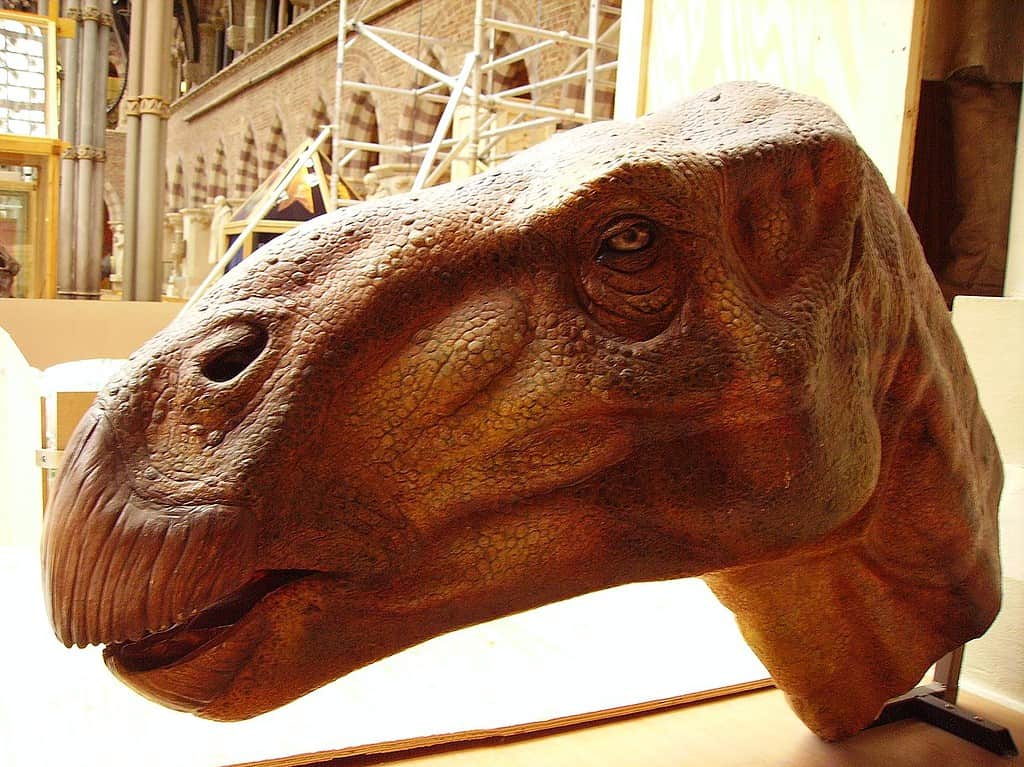
Iguanodon was probably a social animal, judging from multiple fossilized individuals found in close proximity. These findings imply that Iguanodon may have lived in groups or herds. This behavior could offer advantages in foraging, protection from predators, and caring for young. Predation pressure from contemporary carnivores would have influenced the animal’s behavior and lifestyle. Its thumb spikes and strong tail suggest that Iguanodon was very capable of defending itself.
Iguanodon Taxonomic Revisions and Species
The classification and understanding of this dinosaur have undergone significant revisions since its discovery. Initially, numerous species worldwide were attributed to the genus Iguanodon. Early interpretations based on fragmentary remains led to a broad application of the name Iguanodon to various specimens, some of which were later determined to belong to different genera altogether.
However, rigorous taxonomic reevaluation in the early 21st century has honed the definition to center primarily on the I. bernissartensis species. The discovery of the Bernissart specimens provided unprecedented insight into the animal’s anatomy. This led to the establishment of I. bernissartensis as the type species.
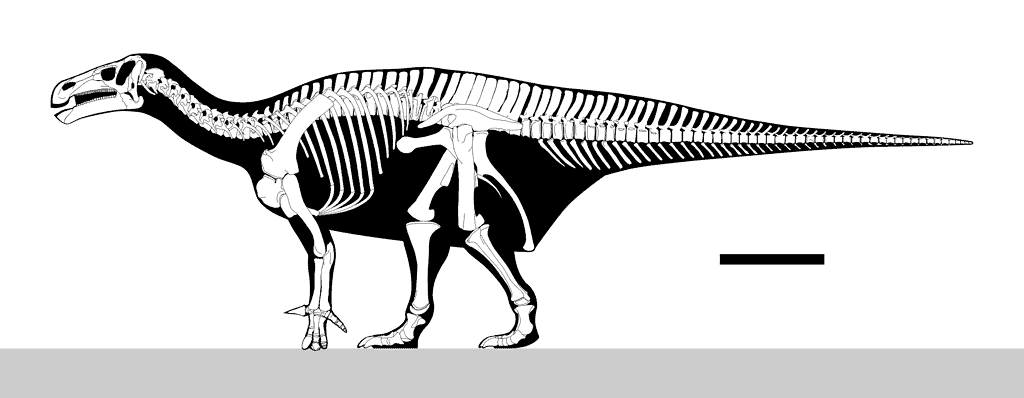
In 2015, the discovery of a second species, I. galvensis, based on fossils found in the Iberian Peninsula, added new depth to the story of Iguanodon. Then came the discovery of Iguanodon orientalis, a species identified from fossil remains in Asia. This finding extends the geographical range of Iguanodon far beyond its originally recognized European habitats, indicating a much wider distribution during the Early Cretaceous period. The presence of Iguanodon species in such disparate regions emphasizes the adaptability and success of this genus across diverse environments.
Scientific Importance and Public Perception
Iguanodon’s discovery in the 19th century challenged contemporary views of prehistoric life and was foundational in the establishment of “Dinosauria” by Richard Owen. Beyond scientific circles, Iguanodon has captured the public’s imagination, featuring prominently in movies, video games, and documentaries.
Early artistic interpretations, which often depicted it as a slow-moving, quadrupedal animal, have evolved alongside paleontological insights, leading to more dynamic and accurate portrayals. From its dramatic representation in the Disney animated film “Dinosaur” to video games like “ARK: Survival Evolved”, Iguanodon found a spot in the popular zeitgeist.
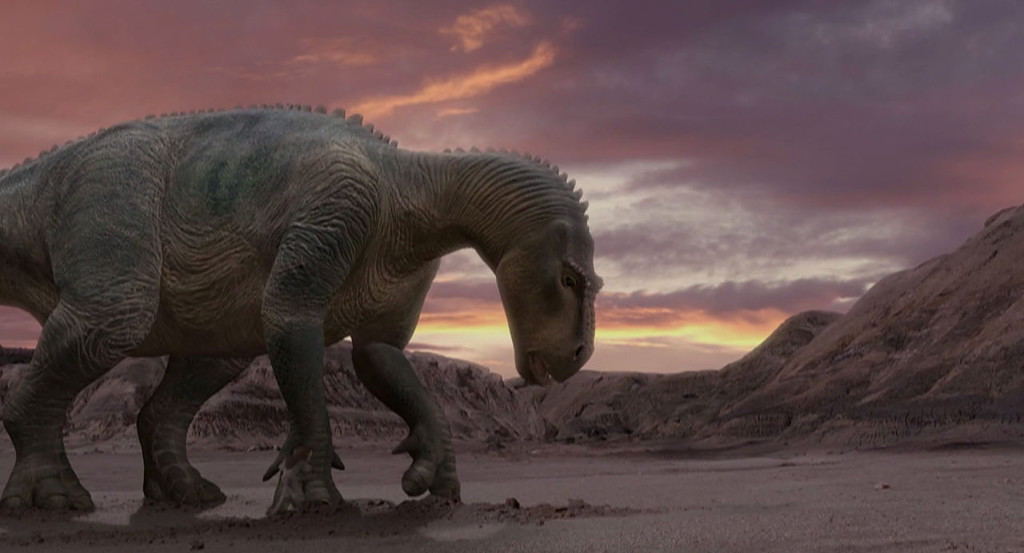
Conclusion
The story of Iguanodon extends far beyond its physical remains, encompassing the evolution of paleontology as a science and its influence on popular culture. From its discovery in the early 19th century, it quickly became a beloved figure in movies, video games, and documentaries. The efforts of decyphering this animal reflect the complexities and challenges inherent in understanding life millions of years ago. In the end, Iguanodon is not just a simple dinosaur but a turning point for science and a cultural icon.






